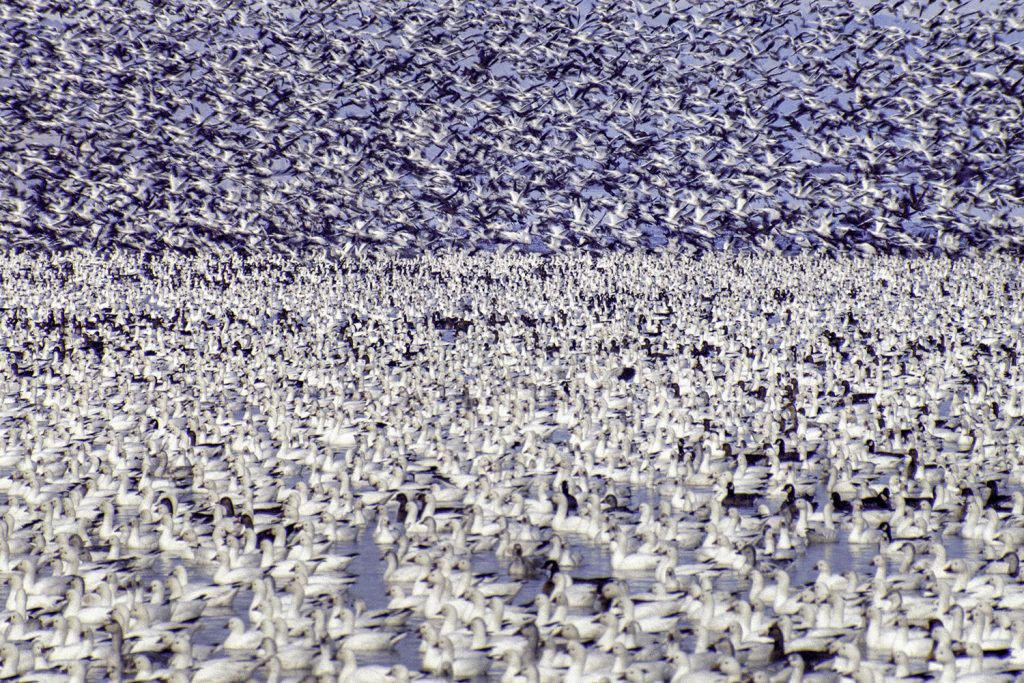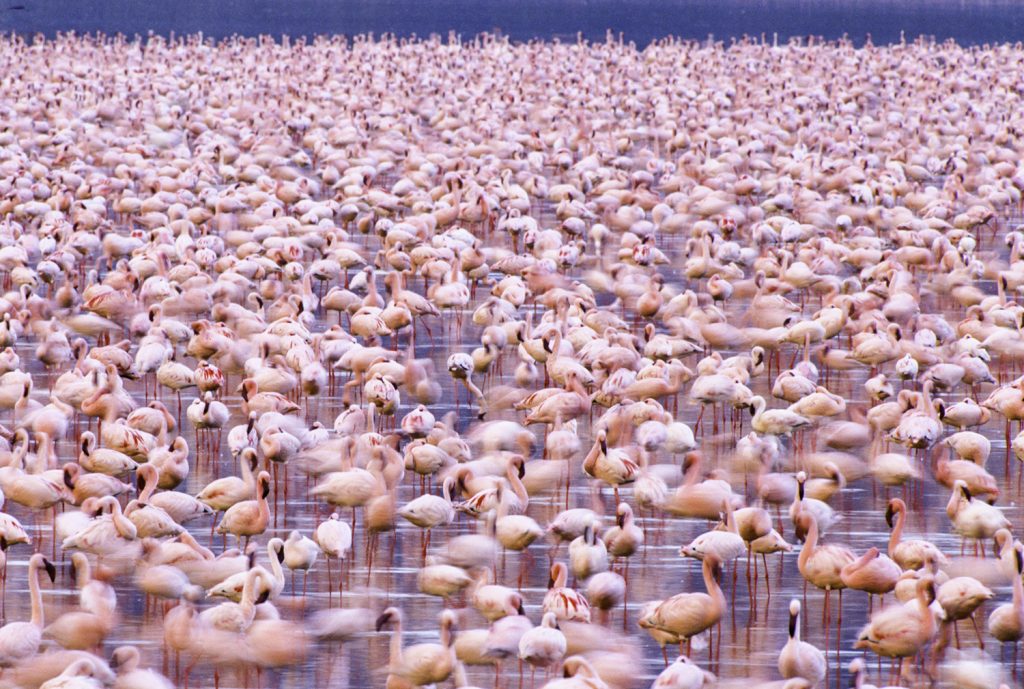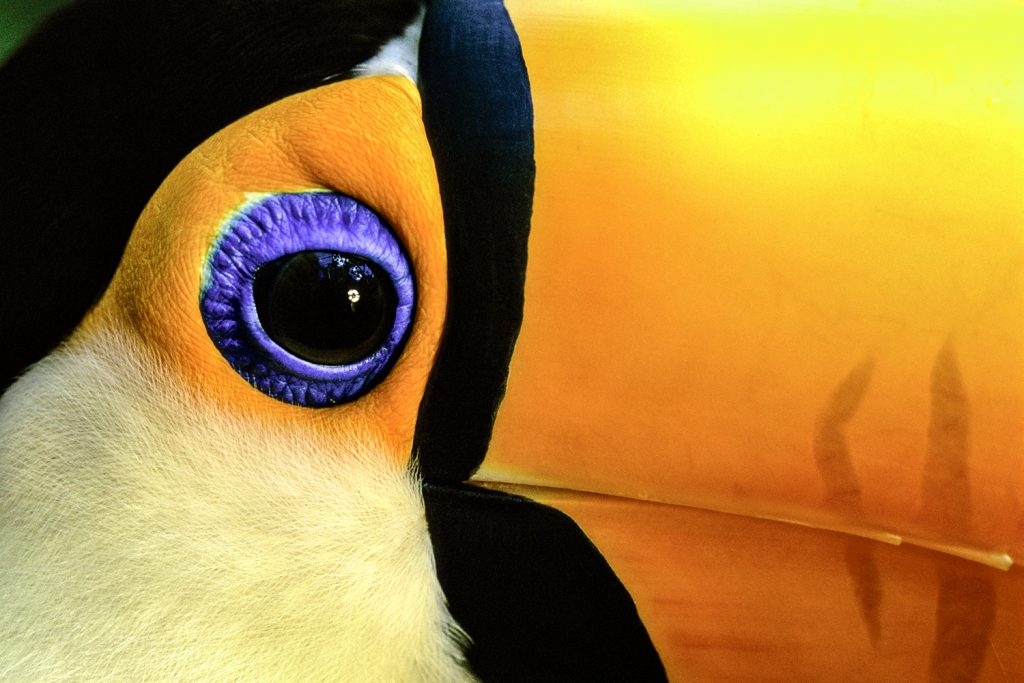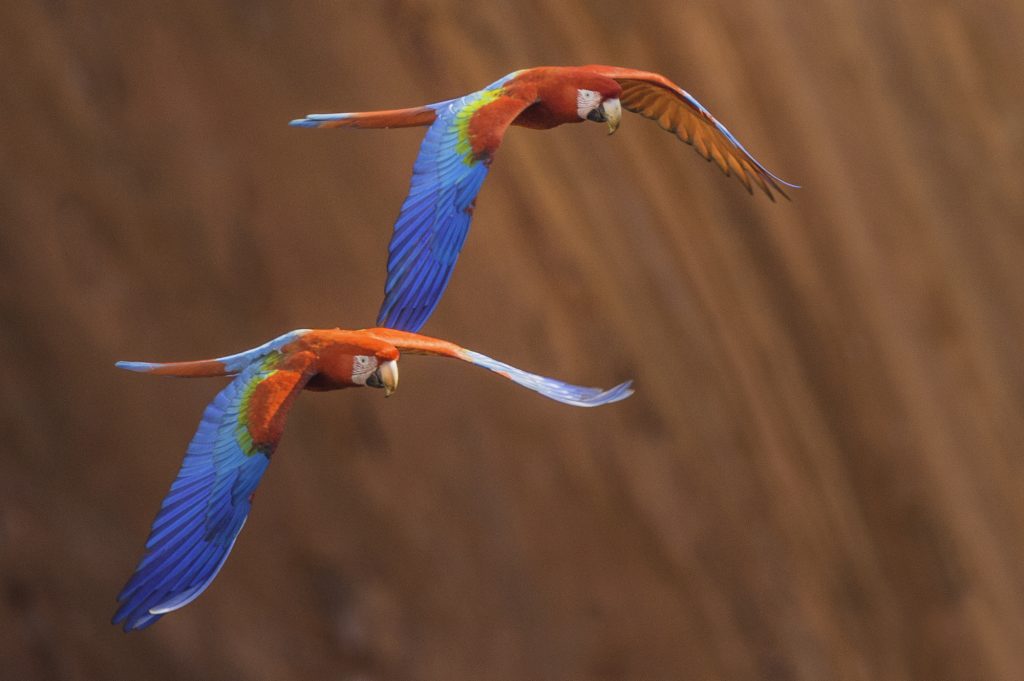Equipment
A Look into Bird Photography With Frans Lanting
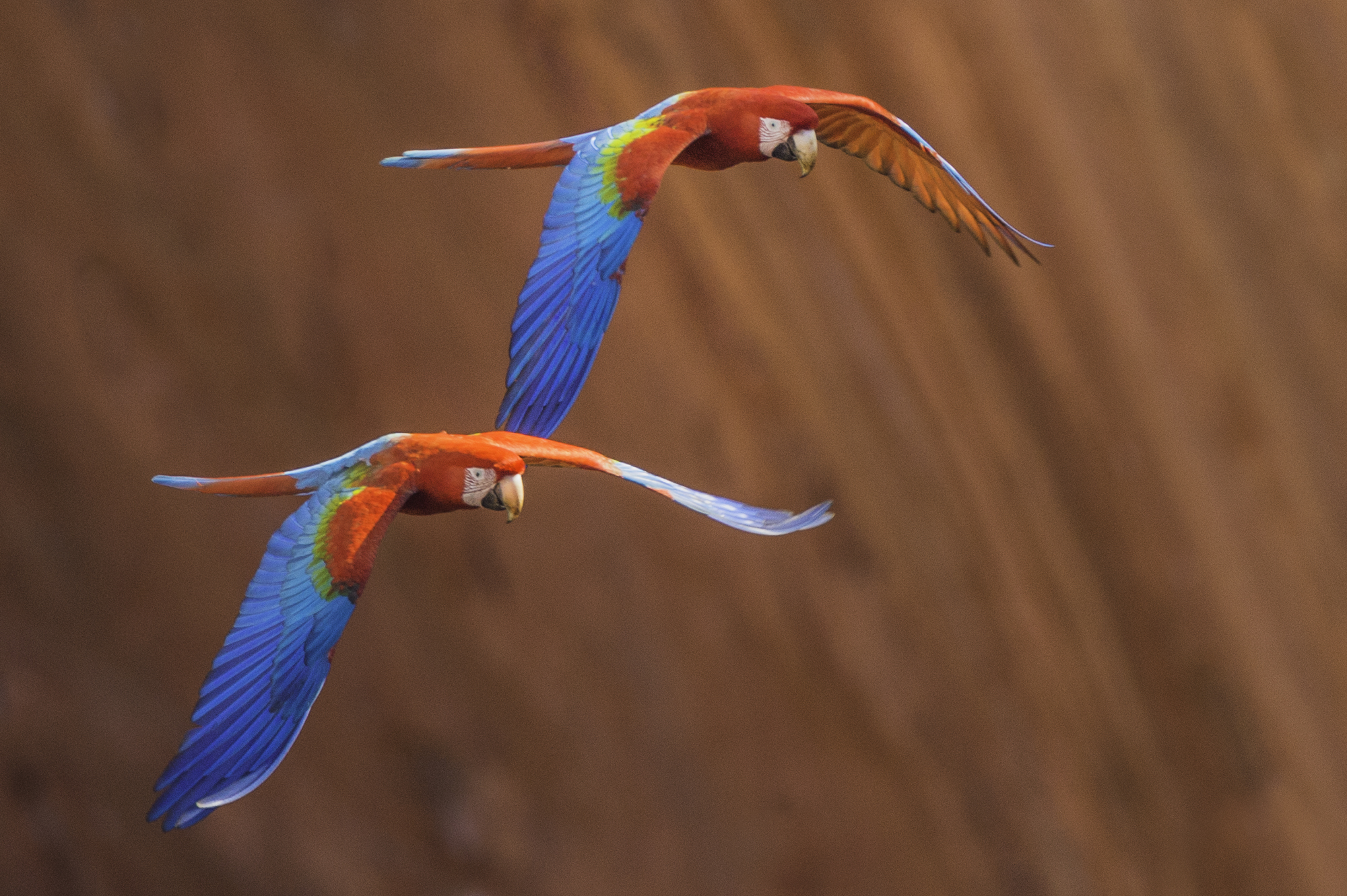
They often say that luck is when preparation meets opportunity, and no type of photography holds that statement as true more than bird photography. A constant challenge of both patience and training, birding often involves being ready at a moments notice to capture that one shot of a fleeing bird.
In a partnership with CreativeLive, we were able to get an inside look into the work of esteemed wildlife photographer Frans Lanting, as he walks us through his process in capturing some of the most iconic wildlife photographs of the last 100 years. For those unacquainted, Frans Lanting is a National Geographic wildlife photographer and has more than ten different books published of his work. With over thirty years of experience as a wildlife photographer, Lanting has won numerous awards for his work and was most recently awarded the National History Museum Wildlife Photographer of the Year Lifetime Achievement Award in 2018. Through his partnership with CreativeLive, Lanting is set to release his upcoming course – The Art of Photographing Birds on the CreativeLive platform.
The Power of Wildlife Photography
Frans Lanting lives a life that many photographers can only dream of; traveling all around the world capturing photos of some of the rarest animals on the planet. But living such a life involves quite a bit more than an understanding of your exposure triangle and a telephoto lens strapped to a Canon 1DX Mark II. It also requires an understanding and appreciation for those of which you’re photographing. Frans explains — “To me, photography begins with an empathy for your subject. If you don’t have that relationship, you’re just photographing objects.”
Through Frans Lanting’s work, it quickly becomes clear that he shares a deep love with the world around him, and that each animal he photographs holds an opportunity to have a better understanding of that world. “Animals are not just subjects; they’re our equals. I believe there is a universal kinship between us and them, and that is what I try to express.”
Camera Gear For Birding
In his class with CreativeLive, Frans goes over everything from camera settings, finding the quality of light, and more. However, being a gear centric company, we found the most interest in the gear breakdown discussed in depth. Being Nikon shooter, Frans Lanting has a favorite system for when he’s birding, a Nikon D5 and a Nikon 600mm f/4G AF-S VR with a Nikon 1.4x III Teleconverter attached. A system like this costs a lot of money, but the only way you’re able to get the focal length while still retaining incredible sharpness. Frans Lanting also discusses the need for a heavy duty tripod, as the most subtle of bumps could drastically affect your framing when shooting at such a long focal length. However, Frans’ usually doesn’t have just one camera system with him, and he walked us through his second system — “Sometimes, it’s better to have more flexibility, and that’s when I use a zoom lens. This is Nikon’s new 180-400mm lens with built-in extender [attached to a Nikon D850].”
But Frans has also been experimenting with the Nikon Z7 mirrorless system as well. When traveling to remote locations, every ounce in your bag counts, and so the smaller sized mirrorless systems make these arduous treks far easier. Additionally, Frans doesn’t always use a super telephoto lens to capture these images – it’s all about knowing the environment you’re going into. Like all photography genres, it’s all about finding what works best for you in the given situation and being best equipped for changes as they come.
Camera Settings for Bird Photography
When photographing things such as birds, your biggest asset will be quick and accurate autofocus. For Frans, he really prefers the speed of Nikon’s Matrix Metering. “My default [metering mode] is Matrix, which means that the meter automatically captures points throughout the viewfinder and balances the exposure. While some use spot metering, I prefer Matrix throughout, and then I’ll adjust my exposure via exposure compensation if need be.” Surprisingly to many, Frans also will take advantage of the auto ISO features in modern cameras. When shooting a fast pace bird flying through the sky, one doesn’t have time to be adjusting settings, and so taking advantage of the latest tech and make an otherwise impossible shot. However, with an increase in ISO, you’ll lose image quality and contrast, so it’s important to know the capabilities of your camera and set the proper parameters so that you can get the best image quality possible.
The greatest asset when it comes to bird photography is the viability. Whether it’s shooting robins on the bird feeder in your backyard, or rare birds in an African tundra, subjects are always available for practice. While we do not ship gear internationally (simply because customs wouldn’t be able to give us delivery dates), we do allow rentals to be taken globally. So you’re able to rent all the gear needed for your upcoming trip just a day or two before and take it with you on your next adventure. If you’d like to learn more from Frans Lanting, CreativeLive is about to release Frans’ latest class – The Art of Photographing Birds. Frans Lanting also has many other courses available within the CreativeLive program.
Author: Lensrentals
Articles written by the entire editorial and technical staff at LensRentals.com. These articles are for when there is more than one author for the entire post, and are written as a community effort.
-
Ziggy
-
Athanasius Kirchner
-
Ziggy
-
Athanasius Kirchner
-
Ziggy
-
Ziggy
-
Brenda
-
Alan Fersht
-
Frank Kolwicz
-
Alan Fersht
-
Athanasius Kirchner
-
Frank Kolwicz
-
manattan
